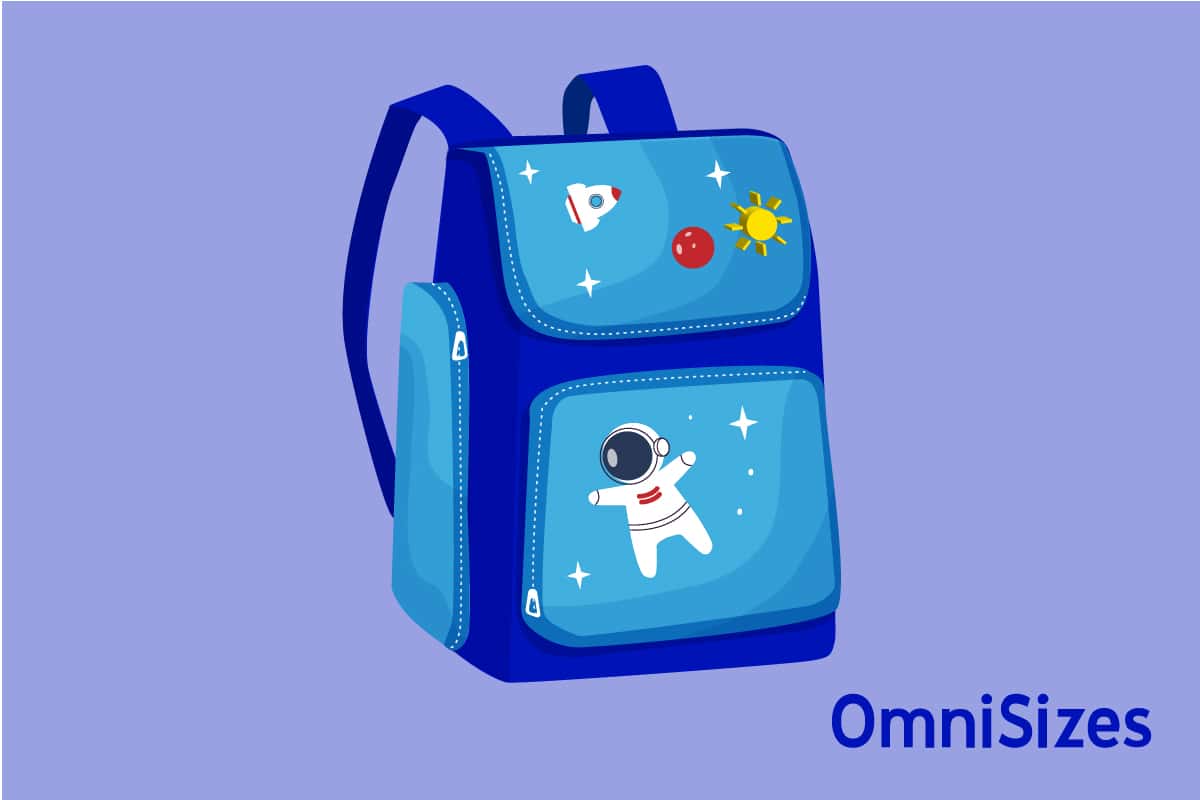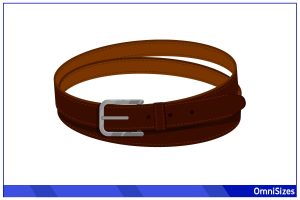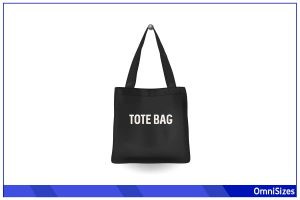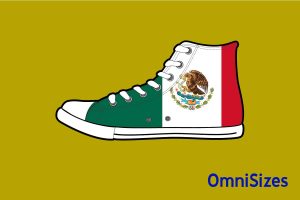Backpack dimensions are one of the first things you need to look at when choosing a pack. Whether you need a backpack for daily commutes or for outdoor excursions, having the right bag size can make your travels a lot less stressful.
The typical dimensions of common types of backpacks are as follows:
- Daypacks: 22 × 14 × 9 inches
- Hiking backpacks: 30 × 18.5 × 12 inches
- Travel backpacks: 22 × 14 inches × 11 inches
- Laptop backpacks: 17 × 12 inches × 10 inches
- School backpacks: 16 × 11 inches × 10 inches
This guide will cover the basics of sizing a backpack, as well as explain in greater detail the dimensions and uses of typical backpack types.
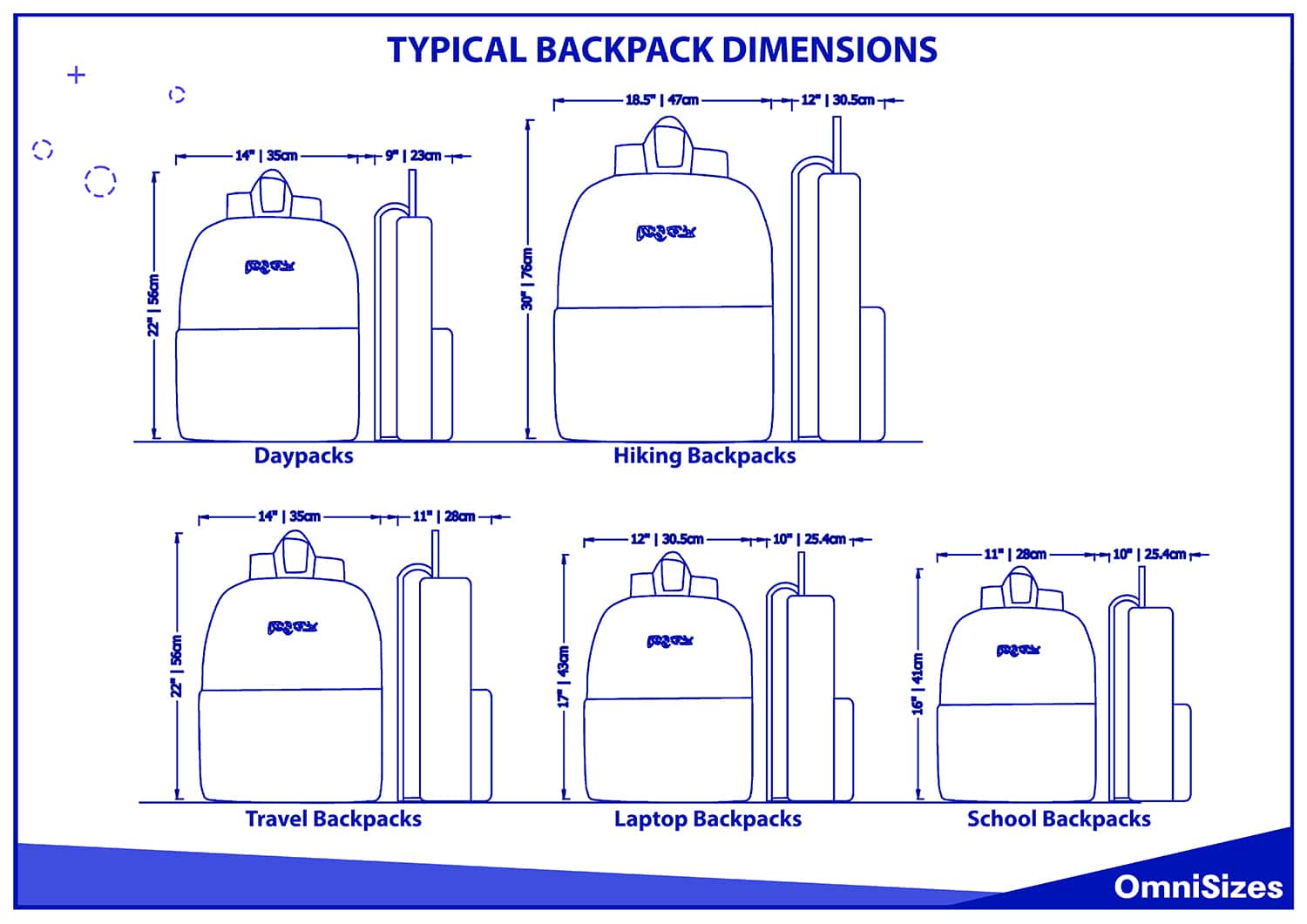
Basics of Backpack Dimensions
Backpack dimensions refer to the measurements that dictate a backpack’s size. These dimensions give you a clear idea of how big the pack is, allowing you to determine its capacity and suitability for different activities.
What Are Backpack Dimensions?
Backpack dimensions primarily refer to three measurements: height, width, and depth.
- Height is the measurement from the base to the top of the backpack. It gives you an idea of how tall the bag is.
- Width refers to the measurement across the front of the backpack, from one side to the other.
- Depth is the measurement from the back panel of the backpack (the part that rests against your back) to the front.
Backpack Capacities
Another way to size a backpack is to look at its capacity rating, which is usually expressed in gallons or liters. These figures should give you a decent idea of how much it can hold—the higher its capacity, the more it can carry.
Types of Backpacks and Their Average Dimensions
Backpacks come in various shapes and sizes, each designed for specific purposes and activities. Here’s a detailed breakdown of the dimensions of various backpack types.
1. Daypacks
Daypacks are versatile and often used for short trips, day hikes, or daily commuting. They’re lightweight and focus on accessibility.
- Height: 22 inches
- Width: 14 inches
- Depth: 9 inches
- Capacity: 20 gallons/75 liters
- Top Pick: Osrpey Talon
2. Hiking Backpacks
Designed for outdoor adventures, these backpacks come with additional straps and pockets. They focus on distributing weight evenly for comfort during long treks.
- Height: 30 inches
- Width: 18.5 inches
- Depth: 12 inches
- Capacity: 65 gallons/246 liters
- Top Pick: Osprey Aether
3. Travel Backpacks
Travel backpacks merge the design of hiking packs with urban aesthetics. They prioritize easy access, security features, and fit within airline carry-on limits.
- Height: 22 inches
- Width: 14 inches
- Depth: 10 inches
- Capacity: 13 gallons/50 liters
- Top Pick: eBags Mother Lode
4. Laptop Backpacks
Built to safeguard laptops, these come with padded compartments. They usually have pockets for tech accessories and are ideal for professionals and students.
- Height: 17 inches
- Width: 12 inches
- Depth: 10 inches
- Capacity: 5 gallons/20 liters
- Top Pick: Timbuk2 Authority Laptop
5. School Backpacks
Backpacks designed for students prioritize compartments for books, stationery, and sometimes even lunchboxes.
- Height: 16 inches
- Width: 11 inches
- Depth: 10 inches
- Capacity: 8 gallons/30 liters
- Top Pick: Herschel Classic Backpack XL
Dimension Considerations for Different Activities
The right backpack can make a difference in your experience, whether you’re hiking, traveling, or commuting. The following sections will describe how different activities influence ideal backpack dimensions.
Hiking and Camping
- Short Day Hikes: For short trails that take a few hours, a compact daypack is sufficient. These are typically lightweight and offer enough space for water, snacks, a first aid kit, and a light jacket.
- Multi-Day Treks: Longer treks require larger backpacks. You’ll need space for a sleeping bag, food, and multiple clothing layers. Look for a hiking backpack with a capacity ranging from 40 to 70 gallons.
Traveling
- Weekend Getaways: If you’re away for just a couple of days, a small to medium-sized travel backpack should suffice. Something in the range of 20 to 40 gallons will have space for a few outfits, toiletries, and essentials.
- Extended Travels: For longer trips or if you’re traveling to varying climates, a larger travel backpack or even a duffel bag might be more suitable. Capacities of 40 to 70 gallons work well.
Commuting and Urban Exploration
- Daily Commute: A daypack or laptop backpack is ideal for daily commuting. It should fit a laptop, lunch, and possibly a change of clothes. Capacities between 10 to 25 gallons are standard.
- City Tours: When touring cities, you might carry items like a camera, snacks, a water bottle, and a guidebook. A lightweight, medium-sized daypack with a capacity of around 20 gallons is often adequate.
Sports and Fitness
- Gym Sessions: Gym backpacks need space for shoes, clothing, a water bottle, and perhaps some personal items. Bags with capacities of 15 to 30 gallons are popular choices.
- Cycling or Running: Athletes on the move might prefer hydration packs or small backpacks that fit snugly and don’t bounce. These packs often have capacities below 10 gallons.
School and Study
- Elementary to High School: A standard school backpack can accommodate books, notebooks, a lunchbox, and a pencil case. These often range from 15 to 25 gallons in capacity.
- College and Beyond: College students might have laptops, larger textbooks, and other materials. A larger daypack or a dedicated laptop backpack with capacities of 20 to 35 gallons is common.
Children’s Backpack Dimensions
Children may not need to carry as much as adults, but that doesn’t mean small bags work best in all situations.
Preschool Ages (3-5 years)
For the little ones heading off to preschool, it’s all about a bag that can fit a lunchbox, a change of clothes, and perhaps a favorite toy. These bags are typically:
- Height: 10-12 inches / 25-30 centimeters
- Width: 8-10 inches / 20-25 centimeters
- Capacity: 5-10 gallons / 19-38 liters
Elementary School (6-12 years)
As children grow, so do their academic needs. Their backpacks need to fit notebooks, textbooks, and stationery. Common dimensions are:
- Height: 12-16 inches / 30-41 centimeters
- Width: 10-13 inches / 25-33 centimeters
- Capacity: 10-20 gallons / 38-76 liters
Middle and High School
The increased academic workload means more substantial books and possibly a laptop. A teen’s backpack often measures:
- Height: 16-18 inches / 41-46 centimeters
- Width: 12-14 inches / 30-36 centimeters
- Capacity: 20-30 gallons / 76-114 liters
